MARCH
1. National Dadgum Day, Horse Protection Day, National Pig Day, National Read Across America Day, National Employee Appreciation Day, National Dress in Blue Day, National Speech and Debate Education Day.
2. National Old Stuff Day, National Banana Cream Pie Day.
3. National Anthem Day, National I Want You To Be Happy Day, National Cold Cuts Day, Soup It Forward Day, Finisher's Medal Day.
4. National Pound Cake Day, National Hug A G.I. Day, National Grammar Day, National Marching Music Day.
5. Fat Tuesday
6. National Dentist Day, National Dress Day, National White Chocolate Cheesecake Day, National Oreo Cookie Day, Ash Wednesday.
7. National Hospitalist Day, National Be Heard Day, National Cereal Day, (It's also the birthday of one of my best friends).
8. International Women's Day, National Proofreading Day, National Day Of Unplugging.
9. National Barbie Day, National Meatball Day, National Get Over It Day.
10. National Mario Day, National Blueberry Popover Day, National Pack Your Lunch Day, Daylight Savings Time.
11. National Johnny Appleseed Day, National Worship of Tools Day, National Promposal Day, National Napping Day (I'm a huge fan of this day!).
12. National Pancake Day, National Girl Scout Day, National Plant A Flower Day.
13. National Good Samaritan Day, National Earmuff Day (Shouldn't this day be in January or February???), National Open An Umbrella Indoors Day, National K9 Veterans Day, National Jewel Day, National Registered Dietician Nutritionists Day.
14. National Potato Chip Day, National Pi Day, National Learn About Butterflies Day, National Children's Craft Day, National Write Down Your Story Day, National Agriculture Day.
15. National Shoe The World Day, National Pears Helene Day, National Everything You Think Is Wrong Day.
16. National Freedom Of Information Day, National Everything You Do Is Right Day, National Panda Day, National Quilting Day.
17. Saint Patrick's Day, Corned Beef And Cabbage Day.
18. National Awkward Moments Day, National Sloppy Joe Day, National Biodiesel Day, National Supreme Sacrifice Day.
19. National Poultry Day, National Chocolate Caramel Day, National Let's laugh Day, National Certified Nurses Day, World Social Work Day.
20. National Ravioli Day, National HIV/AIDS Awareness Day, National Proposal Day, National Kick Butts Day, National Little Red Wagon Day, and spring officially begins!
21. National Common Courtesy Day, National Countdown Day, National Single Parents Day, National Fragrance Day, national French Bread Day, National Farm Rescuer Day.
22. National Goof Off Day, National Bavarian Crepes Day, National Puppy Day.
23. National Chia Day, National Near Miss Day.
24. National Chocolate Covered Raisin Day.
25. National Medal Of Honor Day, National Tolkien Reading Day.
26. National Spinach Day, National Nougat Day.
27. National Scribble Day, National Joe Day, Manatee Appreciation Day.
28. National Weed Appreciation Day, National Something On A Stick Day, National Black Forest Cake Day,
29. National Mom And Pop Business Owner Day, National Vietnam War Veterans Appreciation Day. National lemon Chiffon Cake Day.
30. National Take A Walk In The Park Day, National Pencil Day, National I Am In Control Day, National Virtual Vacation Day.
31. National Crayon Day, National Tater Day (aka potatoes), National Bunsen Burner Day, National Prom Day.
This month is jam packed with great things to celebrate! Have you picked out your favorite things? I'm working on my list and when I manage to whittle it down to a reasonable number, I'll hop off to the Lily Pad Party Store and pick up all my supplies. I invite you back here later this month for a look at April's calendar. In the meantime, I hope you'll pop back by tomorrow for a look at some pretty scary shrimp!
PEACE.
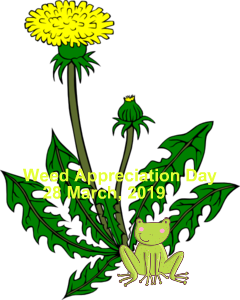
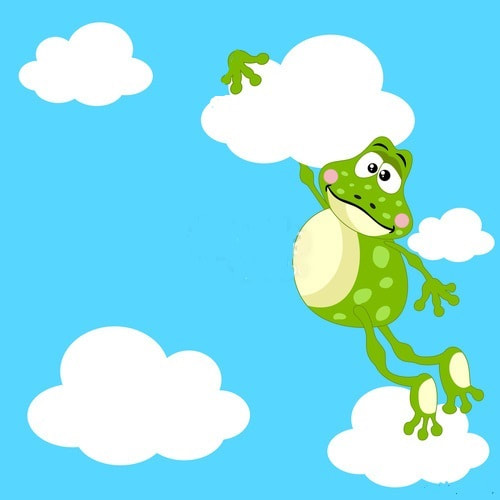
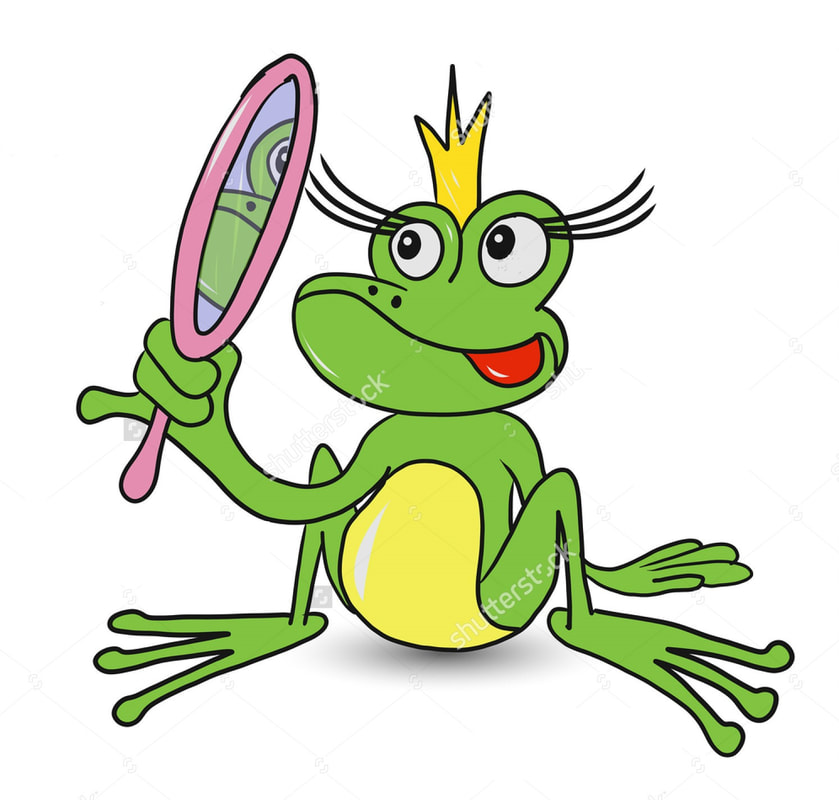
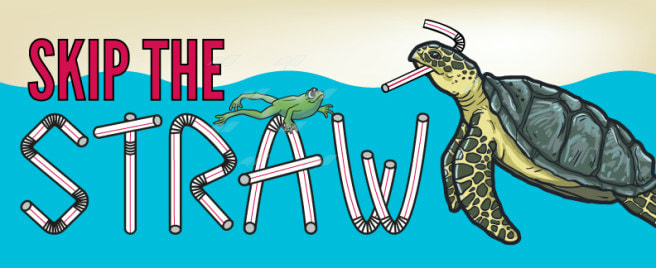
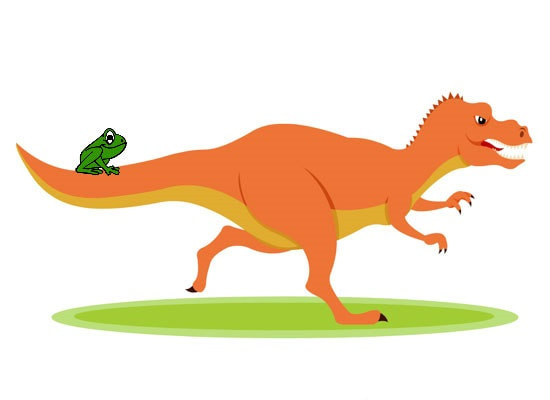
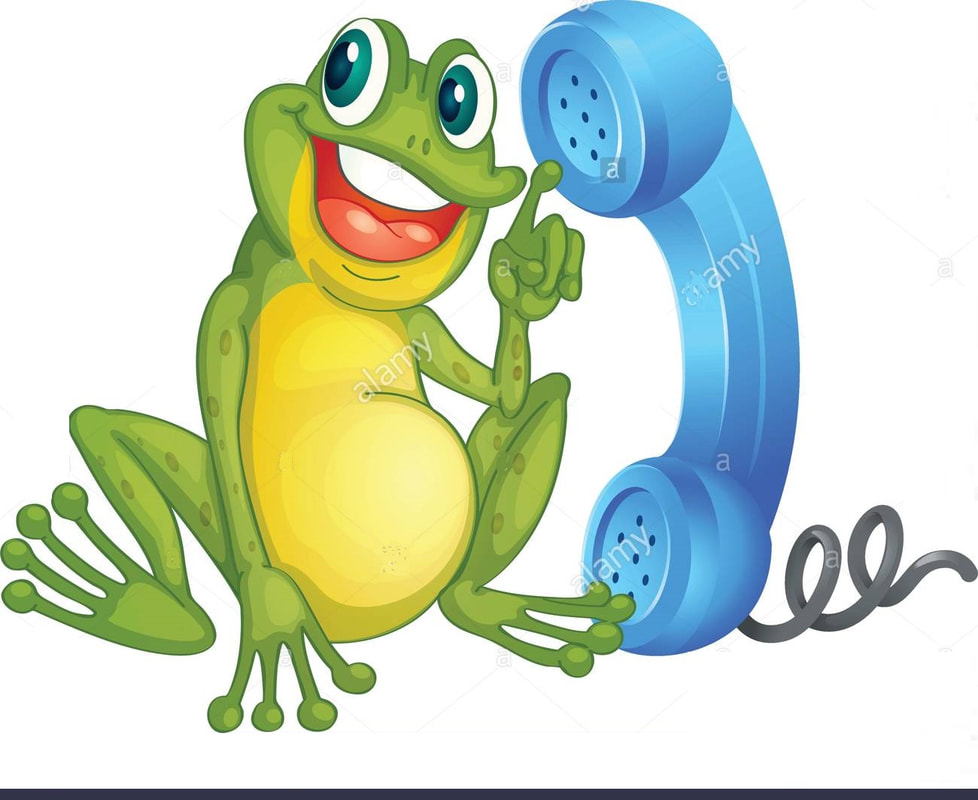
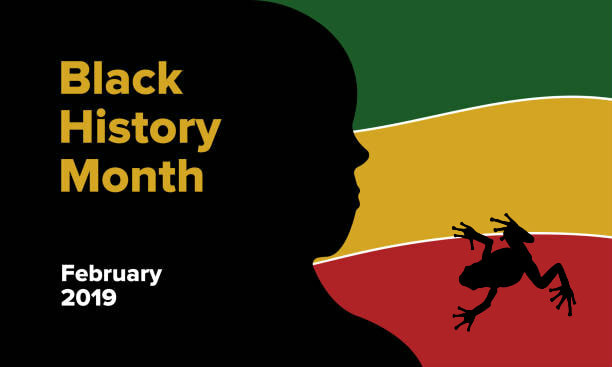
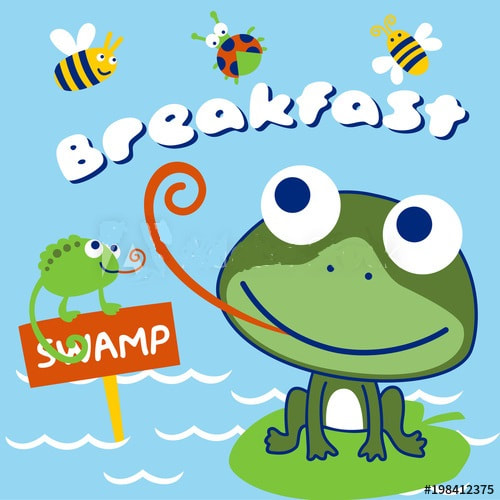
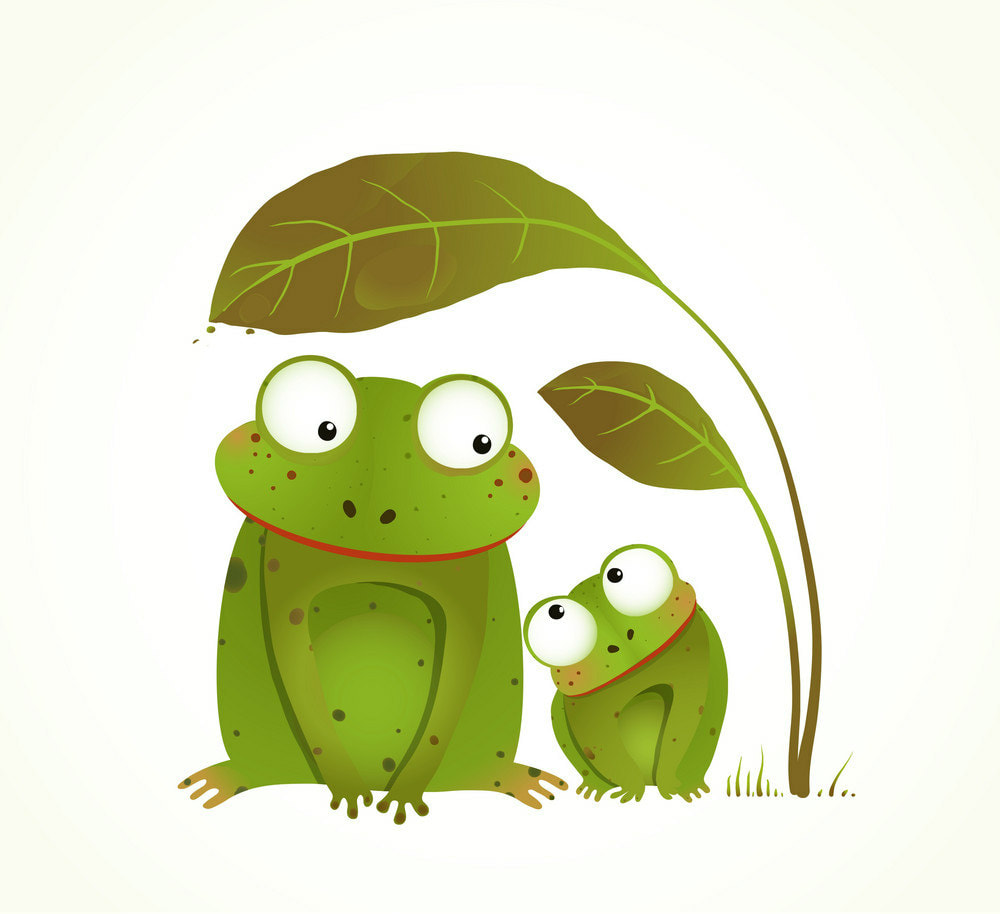
 RSS Feed
RSS Feed